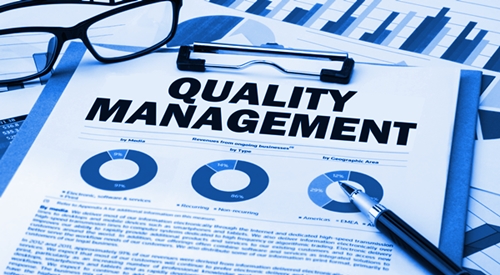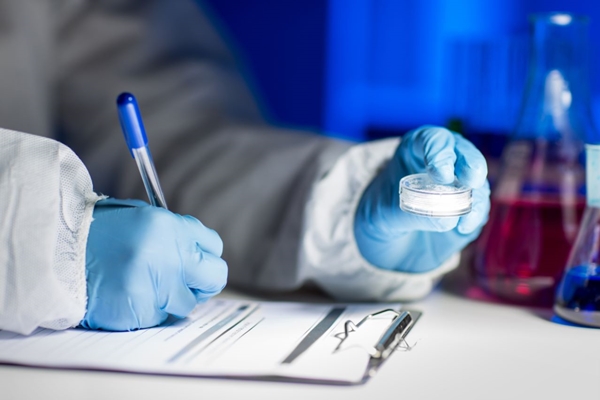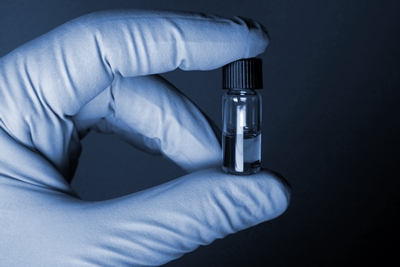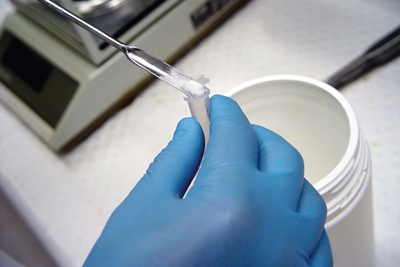RESOURCES Quality Management System
Quality Management System

Quality Management System is the totality of all quality practice being run in a company which reflects to the standard of products produced. The management, manufacturing personnel, quality documents, equipment and facilities, process flows, quality control and audit are encompassed in this system.
Objectives of Quality Management
The International Conference on Harmonization of Technical Requirements for Registration of Pharmaceuticals for Human Use formulated three objectives of Quality Management (ICH Q10 Pharmaceutical Quality System):
1. Achieve Product Realization
To establish, implement, and maintain a system that allows the delivery of products with the quality attributes appropriate to meet the needs of patients, health care professionals, regulatory authorities (including compliance with approved regulatory filings) and other internal and external customers.
2. Establish and Maintain a State of Control
To develop and use effective monitoring and control systems for process performance and product quality, thereby providing assurance of continued suitability and capability of processes. Quality risk management can be useful in identifying the monitoring and control systems.
3. Facilitate Continual Improvement
To identify and implement appropriate product quality improvements, process improvements, variability reduction, innovations, and pharmaceutical quality system enhancements, thereby increasing the ability to fulfill a pharmaceutical manufacturer’s own quality needs consistently. Quality risk management can be useful for identifying and prioritizing areas for continual improvement
Establishing Quality Management System
The management and respective personnel involved in product formulation and manufacturing are expected to be equipped with scientific and risk-based decision skills for establishing and implementing Quality Management System. However, all protocols and decisions should not deviate from the principles of cGMP. ICH Q10 identified two enablers for an organization to achieve objectives of QMS:
1. Knowledge Management
Acquiring, analyzing, storing and disseminating information of product dossier in a systematic manner is Knowledge Management. Respective personnel involved in product processing shall be able to understand and analyze: product development, manufacturing process, process validation, product lifecycle, possible technology transfer, possible deviations which may occur anytime during product lifecycle and processes after the product life.
2. Quality Risk Management
PIC/s defines Quality Risk Management as a system with a scientific approach in identifying, evaluating and controlling potential risk to the quality of an active pharmaceutical ingredient. Quality Risk Management can be applied proactively and/or retrospectively based on scientific knowledge, experience with processes and information coming from the end user of the product. An effective Quality Risk Management provides continuous improvement on process performance and product quality throughout the product cycle.
Documentation of Quality Management System
Quality Management System is usually connoted as a set of documents containing policies and procedures. Nevertheless, it is merely a part of QMS. Documents serve as QMS evidences. Filing and controlling of quality documents is collectively termed as Document Management System.
Systematic handling of documents is very important in QMS. Documents involve in product quality are classified into several levels, each having its own purpose. All personnel involved in product handling are not only required to be acquainted, but to be expert on how and when to use every document.
Quality Manual, procedures, work instruction and records should be established, finalized and continuously being updated as necessary. Revision of a document shall also be recorded and approved by authorized personnel.
Documents involved in product development, processing, up to the end of its life should be readily available to respective personnel at all times.
Effectiveness of Quality Management System
Quality Management System effectiveness is determined by FDA during inspection at the manufacturing site. Assessment of documents and witnessing of actual processes are being done by the inspector to check suitability of established protocols.
A regular audit, performed either internally or by third party, helps to enhance appraising of the system. Quantity and severity of product complaints due to product quality also reflects efficiency of the existing Quality Management System. Thus, simulation of critical processes (eg. Product Recall), prior to the actual need, is suggested to gauge the suitability of the current system.







